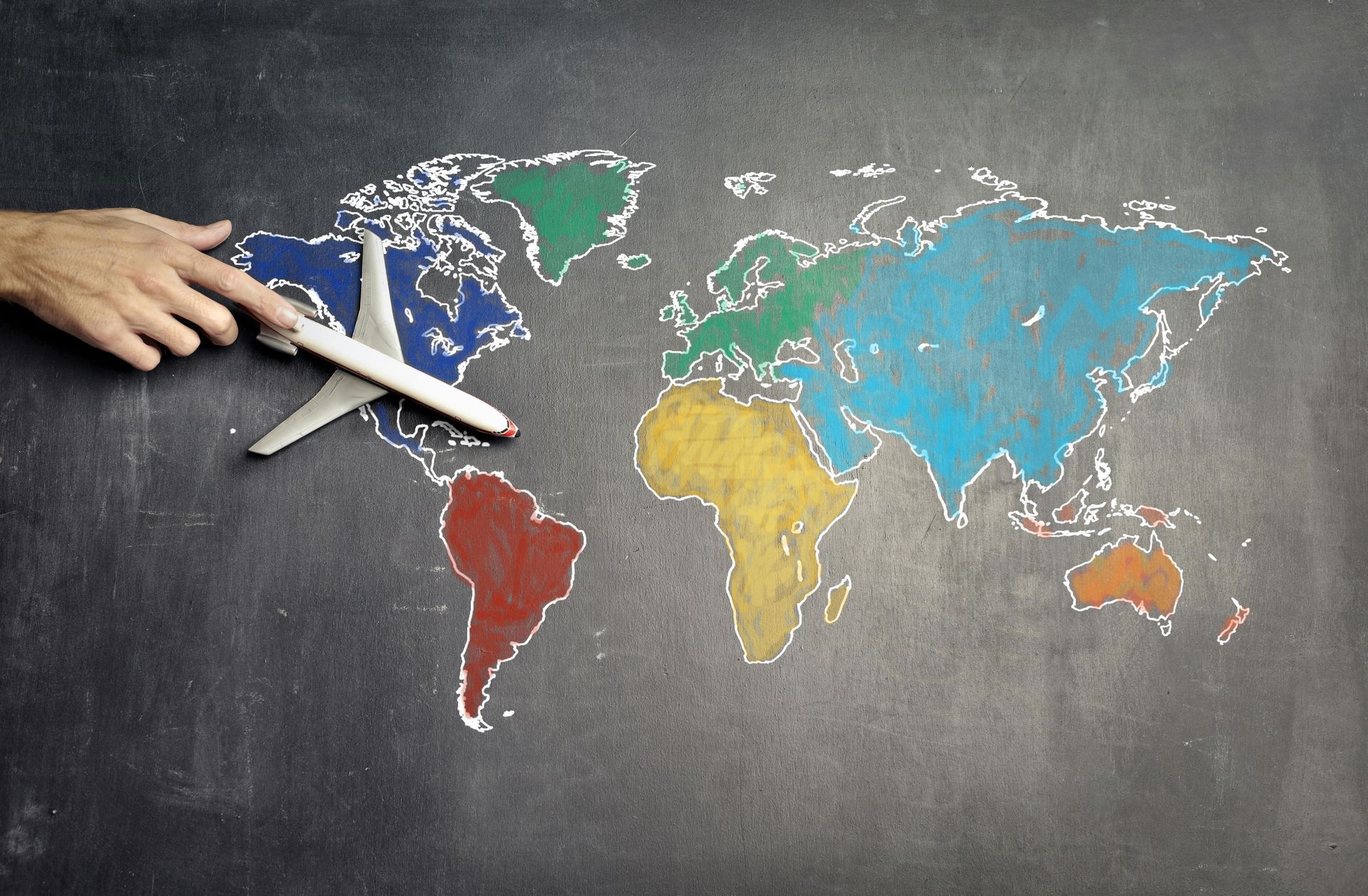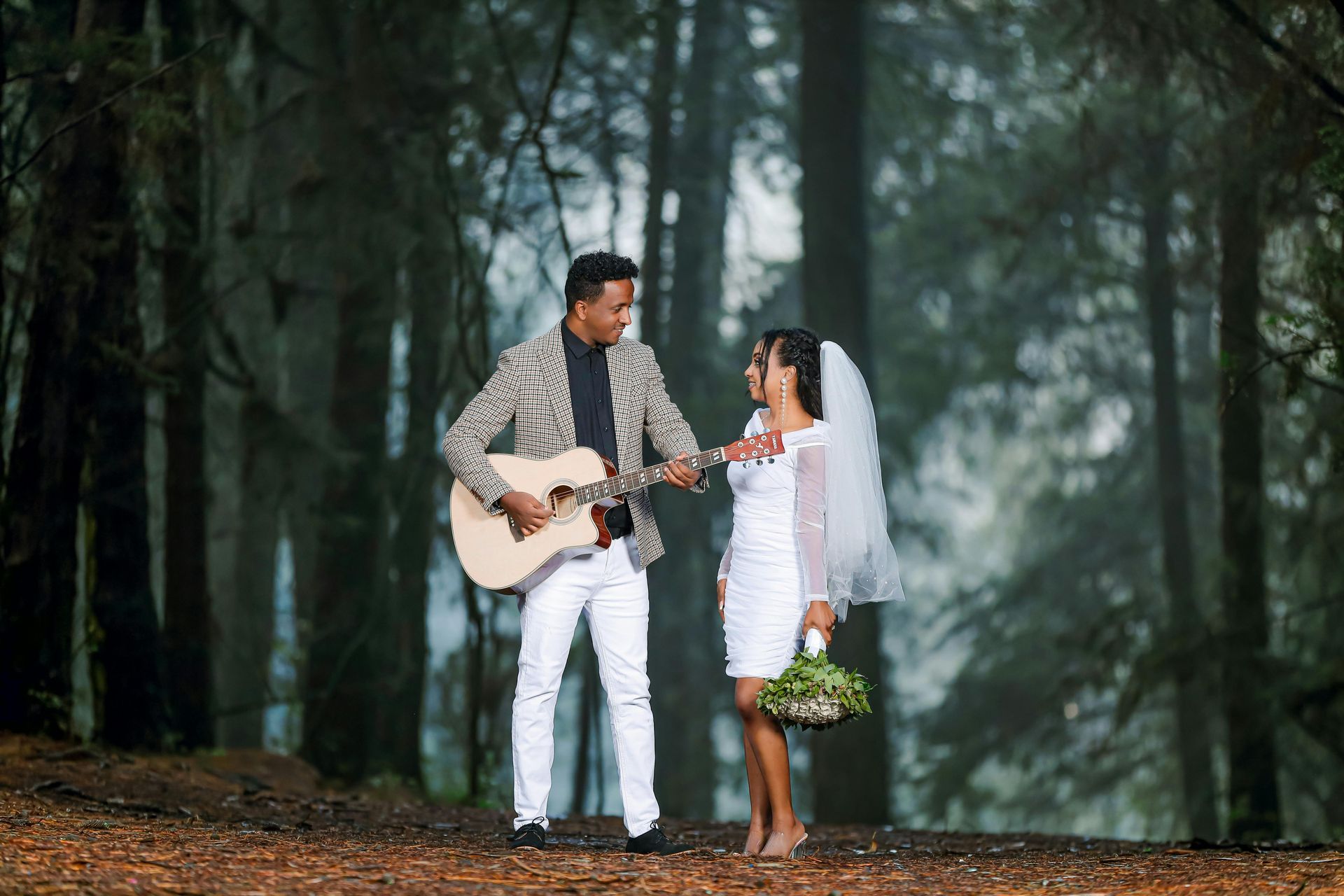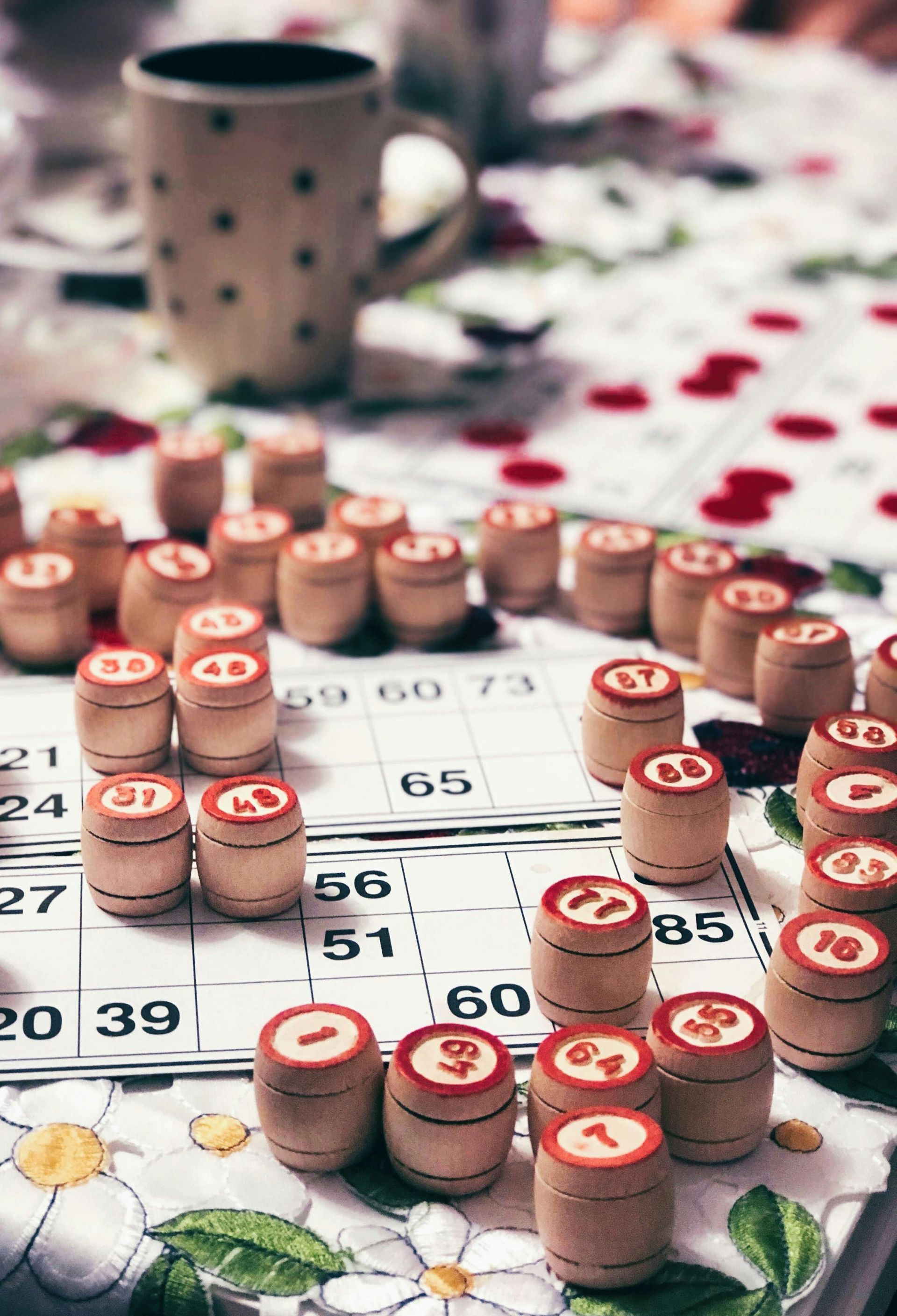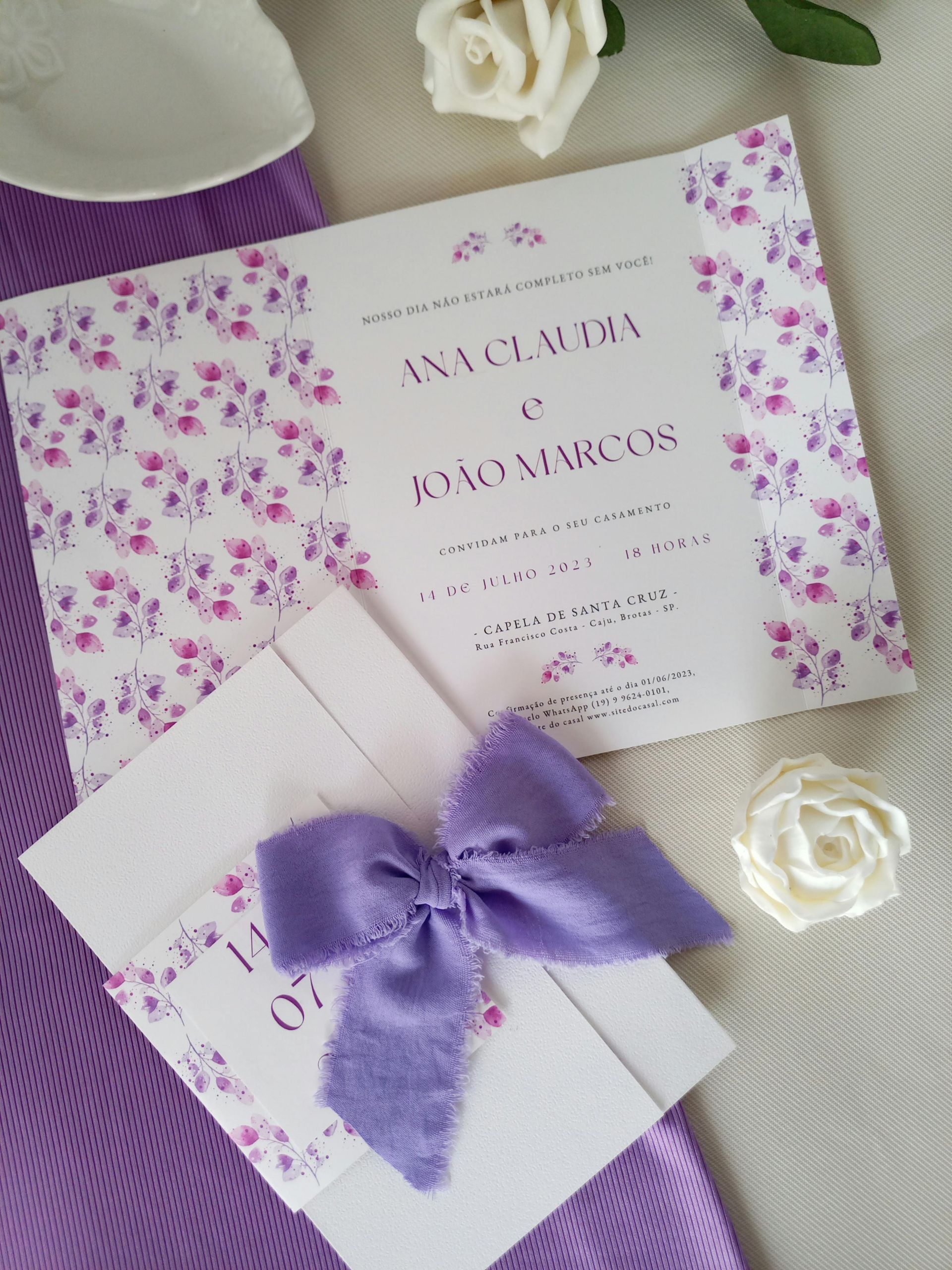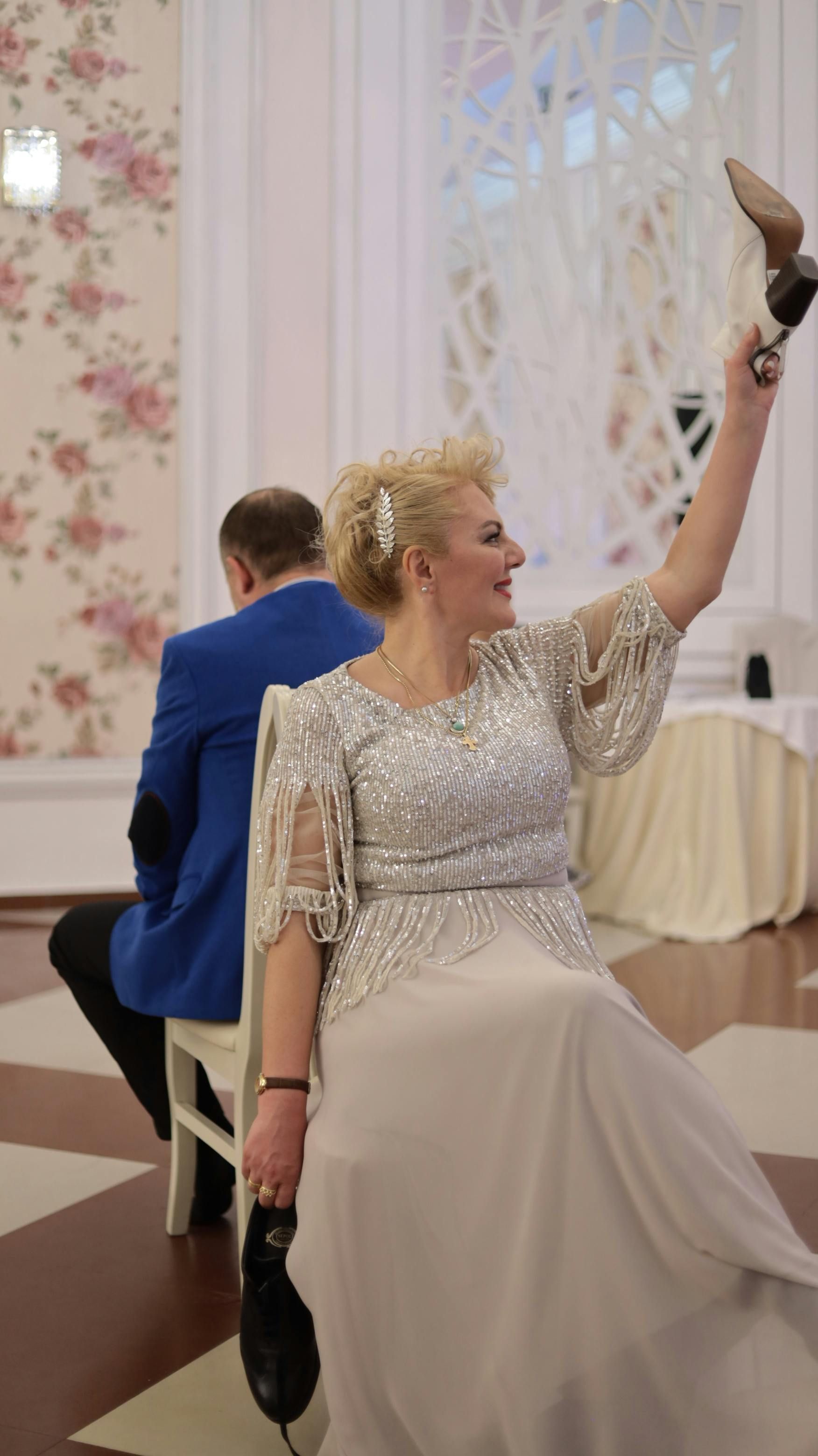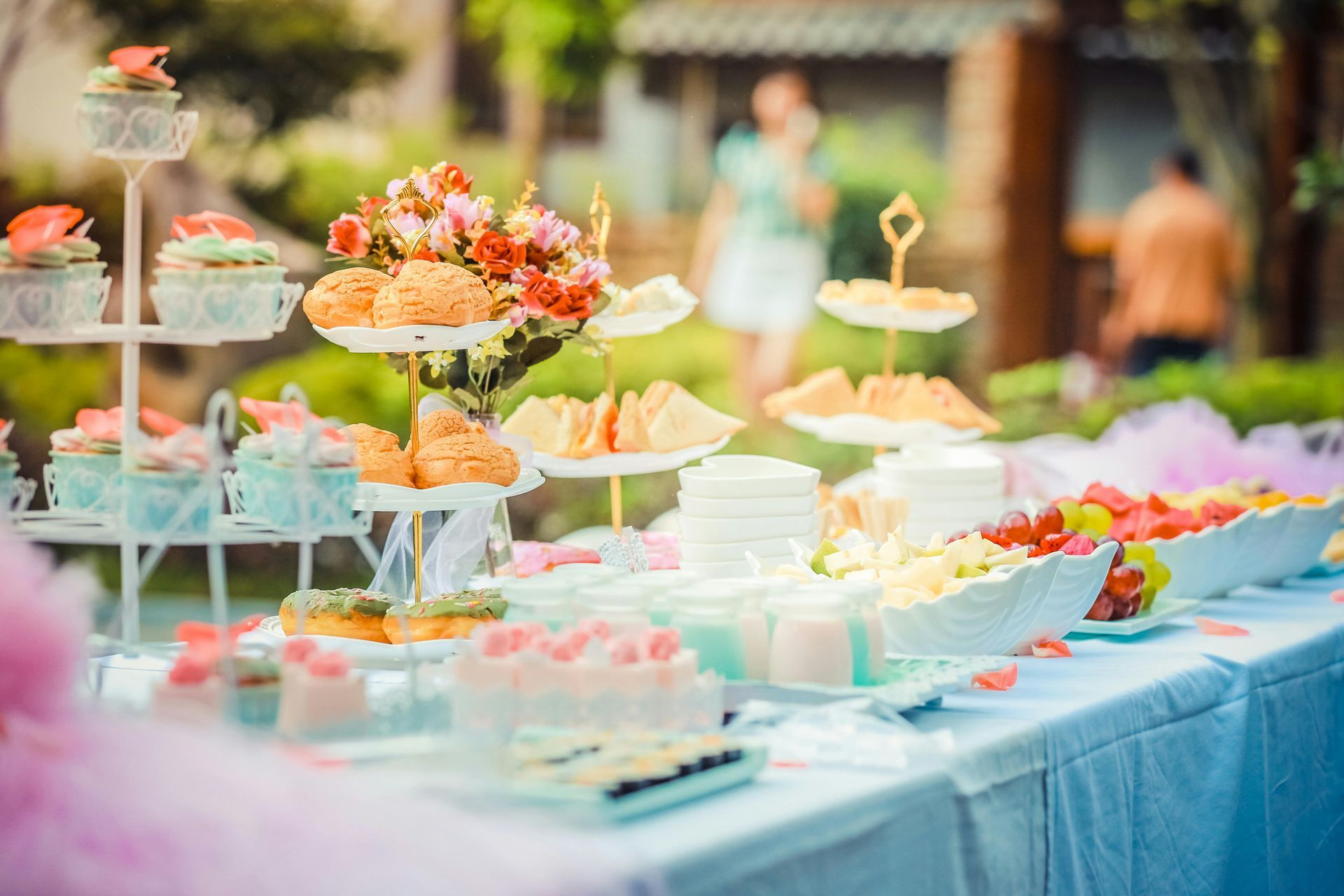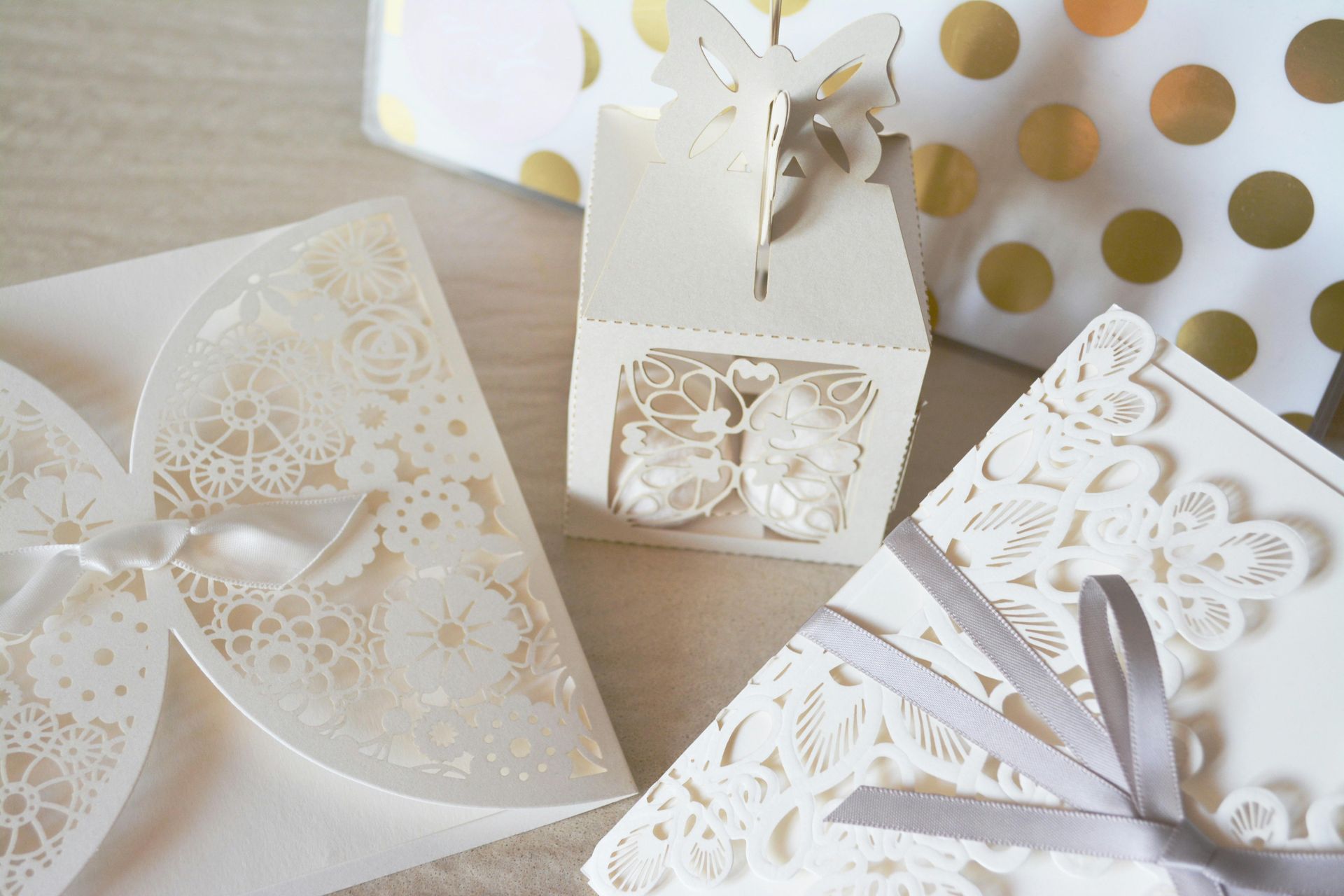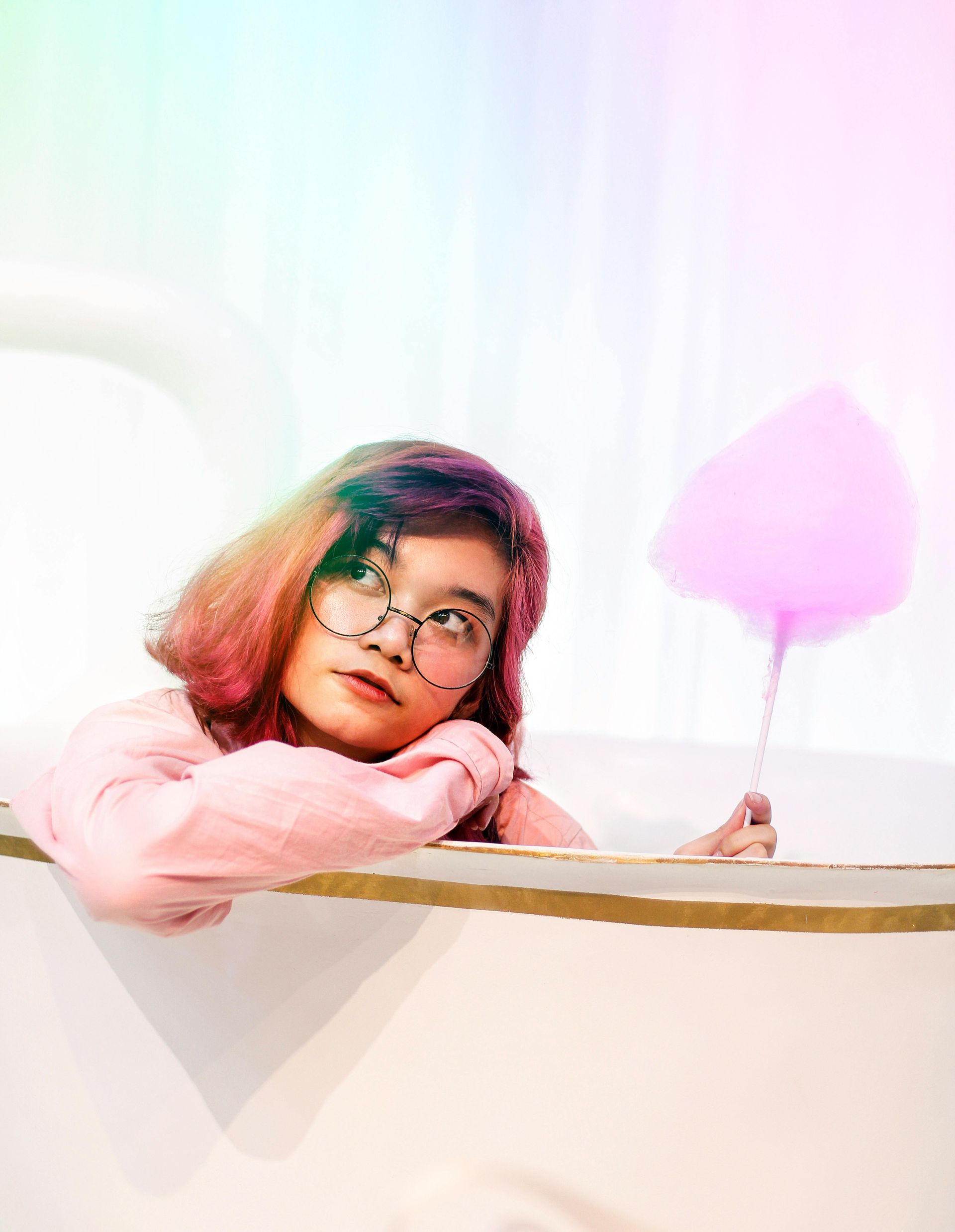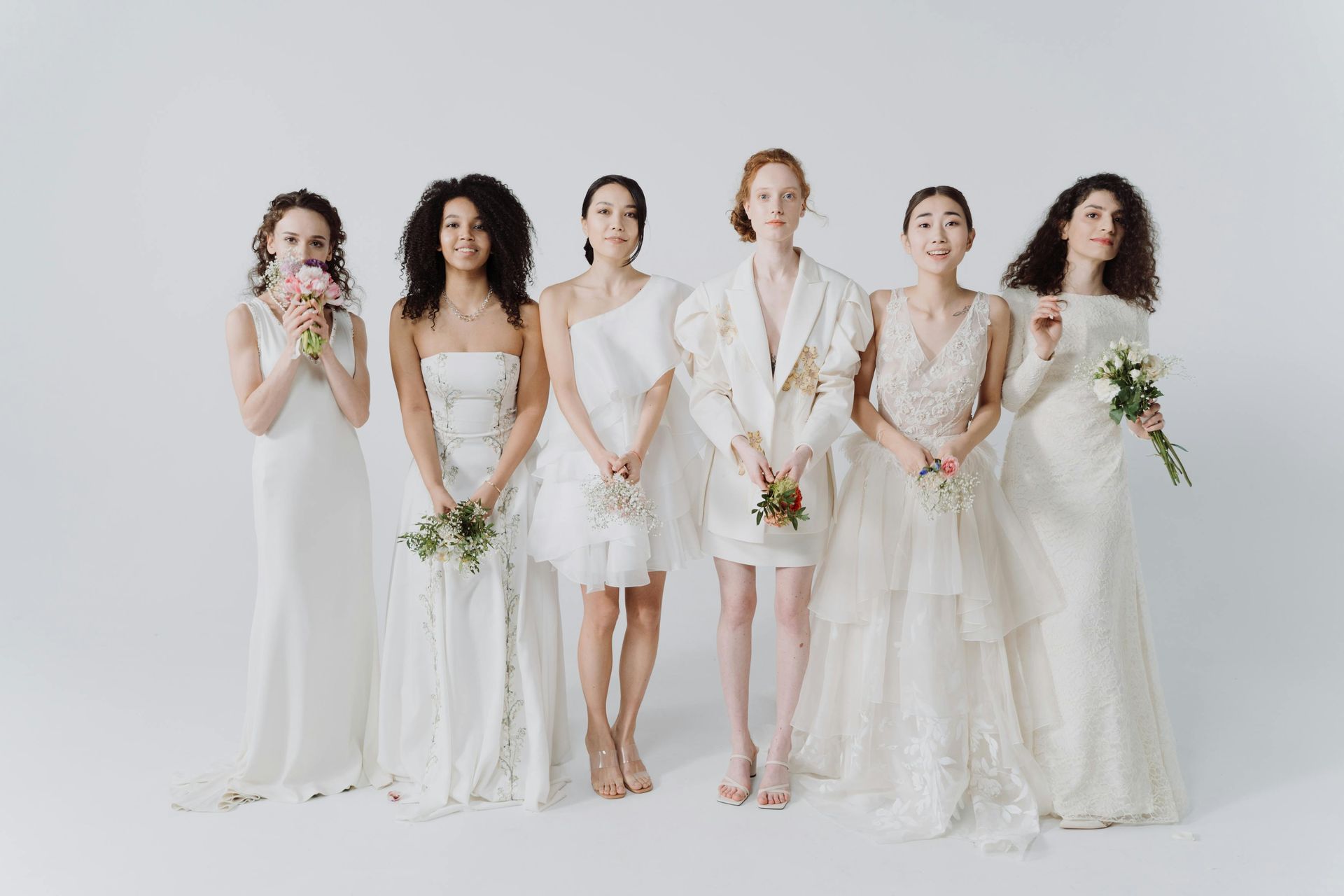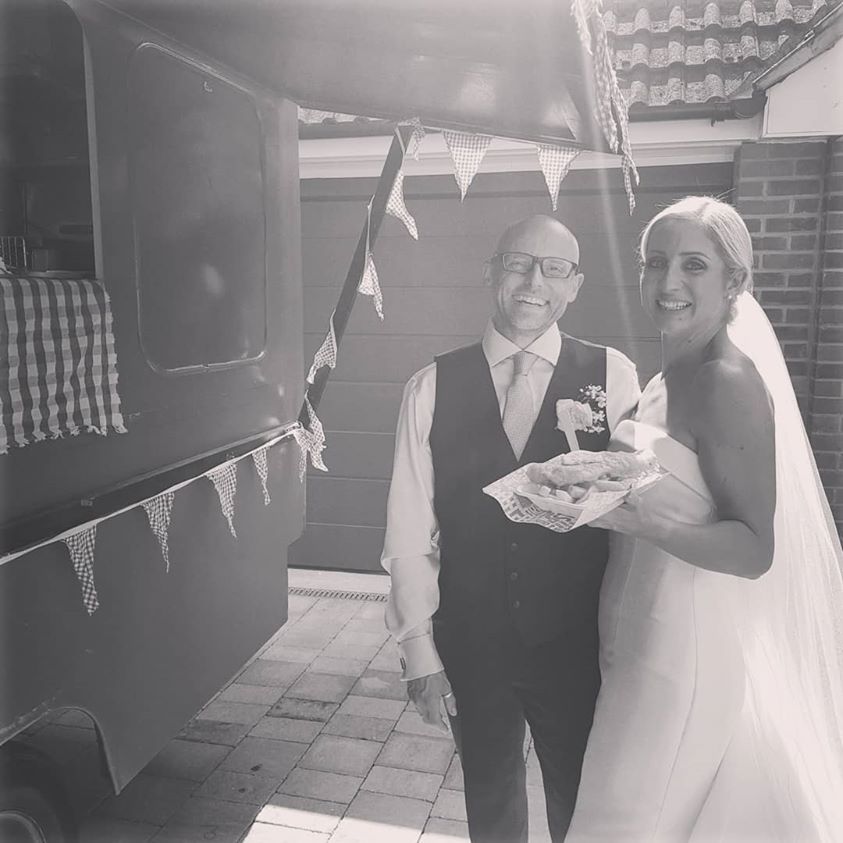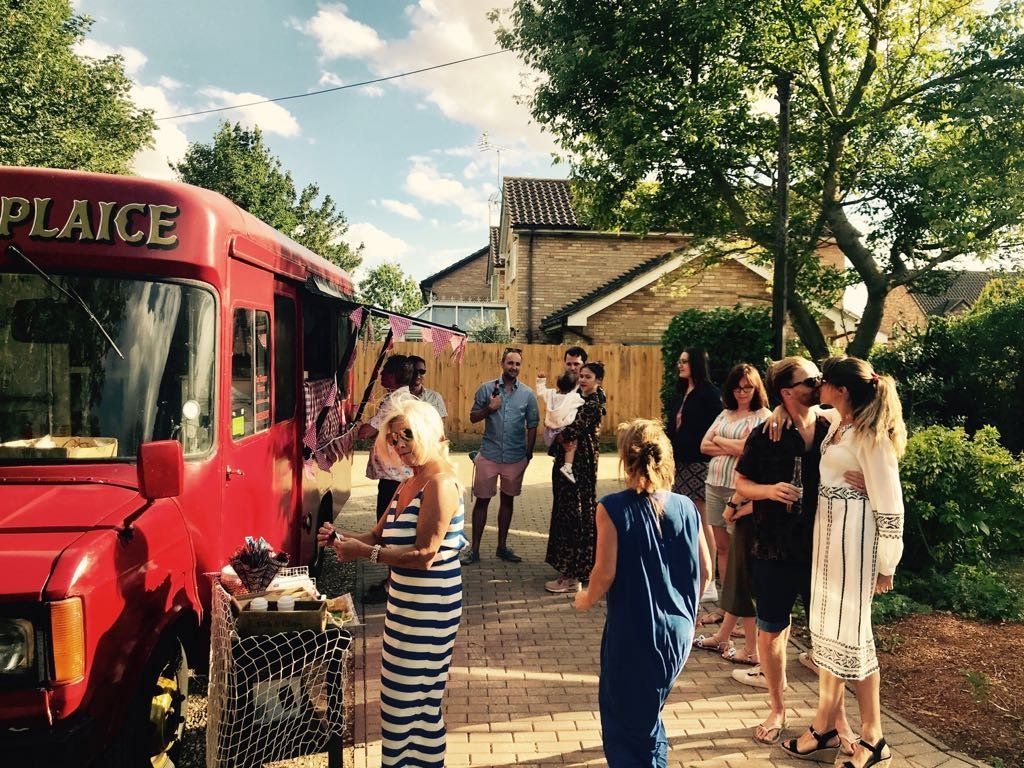The wedding dress industry has undergone a remarkable transformation over the years. Once dominated by traditional silhouettes and timeless lace, today's bridal fashion is an exciting canvas for creativity and innovation. As brides increasingly seek unique expressions of their personal style, designers are stepping up with fresh ideas that marry classic elegance with modern sensibilities.
The Future of Wedding Dresses: What's Next for Brides?
The Future of Wedding Dresses: What's Next for Brides?
The wedding dress industry has undergone a remarkable transformation over the years. Once dominated by traditional silhouettes and timeless lace, today's bridal fashion is an exciting canvas for creativity and innovation. As brides increasingly seek unique expressions of their personal style, designers are stepping up with fresh ideas that marry classic elegance with modern sensibilities.
This demand for innovation goes beyond aesthetics. Eco-consciousness and technology are redefining what it means to be a bride in our contemporary world. From sustainable materials to cutting-edge design techniques, the landscape of wedding dresses is evolving at lightning speed. It’s not just about finding "the one" anymore; it's about making choices that reflect individuality, values, and the future itself.
So what's next for brides venturing into this thrilling new chapter? Join us as we explore the innovative trends reshaping bridal fashion and discover how they can elevate your special day to something truly extraordinary!
The Rise of 3D Printing in Bridal Fashion
As technology continues to advance, 3D printing is making significant strides in the world of bridal fashion, pushing the boundaries of design and customization. Gone are the days when brides had to choose from a limited selection of styles and cuts; now, designers can explore intricate patterns and avant-garde silhouettes that were previously impossible or cost-prohibitive to produce. This innovative approach allows for experimentation with textures and forms, leading to stunning wedding dresses that fully embody a bride's unique vision.
One of the most revolutionary advantages of 3D printing in bridal wear is the ability to create custom-fit options tailored exclusively for each bride. No longer should brides settle for dresses that need extensive alterations—they can now have garments designed specifically for their body measurements straight from the printer. Brands like Nervous System have harnessed this technology to offer customizable dresses that seamlessly complement an individual's shape, flattering every curve without compromising on comfort. The result? A dress that feels like it was made just for them, enhancing confidence as they walk down the aisle.
Several pioneering designers are already embracing 3D printing technology in their collections. For instance, Italian designer Francesca Rosella has crafted exquisite gowns featuring delicate lace-like motifs produced through this innovative process. Similarly, luxury brand Fabbri Collections has begun offering pieces where embellishments and structural elements can be altered entirely based on client preferences—all delivered in remarkable detail thanks to 3D prints. These examples not only highlight the vast potential within bridal fashion but also set a standard for future innovation.
Ultimately, as more designers adopt this cutting-edge approach, we can expect a surge in creativity within wedding dress designs. The rise of 3D printing opens doors to limitless possibilities for brides who seek individuality and expressiveness on one of life's most significant days. As these technologies evolve over time, so too will our understanding of how personalized innovations can elevate bridal fashion into new realms while crafting unforgettable memories infused with personal touches.
Sustainable Fabrics: A New Era for Eco-Conscious Brides
As the call for sustainability grows louder across industries, the bridal fashion world is stepping up to meet this demand with a creative flourish. Sustainable fabrics are quickly becoming a pivotal element in the gown choices of eco-conscious brides, blending style and responsibility seamlessly. These biodegradable materials, which can break down naturally without harming the environment, not only reduce pollution but also lessen the overall carbon footprint associated with traditional wedding dress production. This transition signals a significant shift towards ethical consumerism within the wedding sector.
Modern designers are embracing a range of sustainable materials that provide beautiful alternatives to conventional textiles. For example, organic cotton, hemp silk, and Tencel (made from wood pulp) are gaining popularity due to their minimal environmental impact and luxurious feel. Additionally, innovative fabric technologies have introduced options like recycled polyester sourced from post-consumer plastic bottles, allowing for stylish designs while steering clear of virgin materials. An excellent illustration comes from brands like Reformation and Grace Loves Lace, which pride themselves on using sustainably-sourced fabrics while creating exquisite gowns that appeal to both discerning tastes and eco-friendly values.
Moreover, choosing sustainable fabrics can also be economically beneficial for brides-to-be. While some might assume that ethically-made dresses come with a hefty price tag, many sustainable options are competitively priced or even more affordable than traditional designer gowns when factoring in their longevity and versatility. Sustainable choices often lead to long-term savings by enabling brides to wear their dresses on multiple occasions or sell them afterward without guilt about contributing negatively to the planet. By thinking green when it comes to wedding attire, couples can enjoy privacy while making an impactful statement.
Adopting sustainable practices is not just a trend but increasingly becoming an essential part of planning weddings responsibly in today’s climate-aware society. As more bridal brands prioritize transparency and accountability in their production processes—enabling brides to make informed decisions—the industry is slowly redefining fairy-tale narratives toward an enchanting adventure rooted in integrity and consciousness. With each unique choice made by eco-minded brides today, we take another step closer to fostering a more compassionate future for weddings and beyond.
AI-Driven Customization: Personalizing the Wedding Dress Experience
As technology continues to advance, artificial intelligence (AI) is finding its place in the bridal industry, offering brides-to-be opportunities for a highly personalized wedding dress experience. AI-driven tools now allow designers and boutiques to analyze preferences, body shapes, and even lifestyle choices, creating dresses that reflect each individual’s unique story. This level of customization not only enhances the design process but also helps brides find something that feels genuinely their own—rather than settling for an off-the-rack option that's just "close enough." Imagine walking down the aisle in a gown that was tailored specifically considering your style preferences and measurements; this isn't just a dream anymore, thanks to AI.
One of the most exciting developments is the introduction of virtual try-on technologies powered by AI algorithms. Through augmented reality (AR), brides can now simulate wearing various designs right from their homes. Platforms like Virtually Jessie or 3DLOOK give users a chance to see how different styles fit onto their digital avatars using merely a photo or two, significantly streamlining the selection process. By integrating these virtual fitting experiences into bridal boutiques' offerings, retailers are enriching customer experiences while saving time and effort during fittings—a win-win for busy brides juggling countless wedding preparations.
Real-world applications of AI have flourished through innovative brands such as Anomaly and Atelier Affection. These pioneering companies blend advanced technology with traditional craftsmanship, enabling highly customized creations based on data insights derived from client interactions. For instance, Anomaly allows customers to build their wedding dresses online by choosing elements like neckline type, fabric options, and embellishments through an intuitive interface—the systems instantly generate unique prototypes based on chosen specifications. This approach transforms how future brides engage with designers while ensuring they receive exactly what they've envisioned for their big day.
As we gaze into the future of bridal fashion, it's clear that AI will continue to shape the personalization landscape dramatically. With continual advancements in machine learning and design technology propelling this movement forward, we may soon witness even more interactive experiences where brides craft their perfect gowns seamlessly—with little stress involved—ensuring they look and feel their best when they say "I do.
The Influence of Modern Aesthetics on Wedding Dresses
As wedding fashion evolves, the influence of modern aesthetics is becoming increasingly prominent. Today’s brides are not just looking to traditional gowns; they seek a blend of classic elegance infused with contemporary flair. This shift is reflected in emerging trends such as minimalist designs that emphasize clean lines and understated sophistication. For instance, sheath dresses with subtle detailing are gaining popularity, allowing brides to make a statement without overwhelming embellishments. The use of structural elements, like asymmetrical necklines or unique sleeves, captures attention while embracing both tradition and innovation.
Cultural shifts also play a significant role in reshaping bridal styles. As weddings become more diverse—reflecting personal stories and backgrounds—brides are drawn to attire that represents their heritage while maintaining a modern twist. Designers like Naeem Khan and Vera Wang have adeptly incorporated global influences into their collections, blending intricate beadwork from Indian traditions with sleek silhouettes found in Western design. This fusion celebrates individuality and acknowledges the importance of cultural representation in today’s ceremonies.
Color palettes for wedding dresses are another indicator of this dynamic shift toward modernity. While white remains timeless, shades such as blush pinks, soft blues, and even rich jewel tones are becoming favored choices for forward-thinking brides keen on standing out. Many designers now offer custom color options that enable brides to choose hues reflective of their personalities or wedding themes—making each dress uniquely theirs. This evolution extends beyond typical palettes; some adventurous brides are even opting for bold patterns or floral prints that challenge conventional wedding attire norms.
In essence, the future of wedding dresses is inherently tied to the pulses of contemporary culture, where tradition meets innovative aesthetics at every stitch. By embracing styles that resonate personally with them—be it through fabric selection or vibrant colors—brides-to-be can honor their unique narratives while celebrating the joyous occasion that brings them closer to their loved ones. With designers responding eagerly to these shifts in taste and preference, one can only anticipate an exciting array of chic options awaiting couples stepping into new beginnings together.
Innovations in Accessories: Elevating the Bridal Look
As bridal fashion continues to evolve, accessories are stepping into the spotlight, providing brides with the opportunity to elevate their wedding day ensemble. Emerging trends showcase how unique hairpieces, statement jewelry, and bespoke veils can infuse personality and charm into traditional wedding attire. Think avant-garde headbands adorned with feathers or glitzy celestial-themed earrings that make a striking statement without overshadowing the gown itself. This fresh approach invites brides to experiment with their look while complementing their chosen dress style rather than adhering to convention.
One exciting innovation in bridal accessories is the concept of interchangeable pieces that offer versatility throughout the wedding festivities. For instance, a simple yet elegant veil could feature detachable embellishments that transform it from understated during the ceremony to show-stopping for the reception. Additionally, cuff bracelets might be styled as simple bands or grouped together for dramatic flair; this adaptability empowers brides to tailor their look seamlessly as events unfold throughout the day. The ability to mix and match allows couples more creative freedom in personalizing their celebrations and reflecting individual styles through accessory choices.
The industry has also seen increased collaboration between dress designers and accessory brands, resulting in cohesive collections that maximize visual impact. Renowned designers have partnered with jewelry houses to create exclusive lines of accessories specifically tailored for their gowns—think intricate necklaces inspired by lace details or earrings mimicking floral elements found within fabric patterns. These collaborations not only strengthen brand identities but also offer brides thoughtfully curated options that ensure harmony between their dress and finishing touches.
In an age where self-expression is celebrated more than ever, these innovations in bridal accessories promise a future filled with creativity and personalization for every bride. With each detail carefully considered—from delicate gloves adding a vintage touch to modern clutch bags boasting whimsical designs—the world of bridal fashion continues redefining elegance, allowing every bride's unique story to unfold beautifully on her special day.
Ethical Considerations: Transparency in Bridal Fashion Supply Chains
As the conversation around sustainable fashion continues to grow, ethical sourcing and labor practices have become critical components in the wedding dress industry. Brides today are increasingly aware of the environmental and social footprint of their purchases, pushing brands to prioritize responsible sourcing of materials. The impact of garment production on communities and ecosystems is more scrutinized than ever before, with a demand for transparency that influences purchasing decisions. For brides-to-be, this means not only selecting a dress that reflects their personal style but also ensuring it aligns with their values regarding people and planet.
Several brands are leading the charge towards ethical bridal fashion. For instance, designers like French label Elie Saab have incorporated eco-friendly practices by using recycled fabrics and employing fair trade artisans. Similarly, UK-based designer Rachael Treweek marries luxury aesthetics with sustainable ethics by utilizing organic cottons and biodegradable fabrics while maintaining a commitment to local craftsmanship. These companies exemplify how integrating sustainability into the design process doesn't compromise beauty—rather, it enhances it by weaving meaningful stories into each exquisite gown.
Moreover, transparency in supply chains is vital for building trust with eco-conscious consumers who want to know that their choices contribute positively rather than exacerbate existing issues in fashion production. Initiatives such as The Good Trade’s Ethical Wedding Guide help educate brides about which labels promote fair labor practices and environmentally friendly materials. This new wave of informed consumers is driving change within the industry; when brides recognize designs that are ethically made and socially responsible, they are empowered to advocate for greater accountability across all facets of bridal fashion.
Ultimately, as more designers embrace these ethical considerations, couples planning their weddings can feel confident that they’re making choices aligned with their values. This intersection of style and conscience not only fosters deeper connections between brides and their dresses but also paves the way for innovation in turning traditional weddings into celebrations that reflect both personal love stories and collective responsibility toward our world. As we move forward into this future landscape of bridal fashion, one thing is clear: ethical considerations will play an integral role in shaping every exquisite gown down the aisle.
Predictions for Future Trends: What’s Next for Brides?
As we look to the future of bridal fashion, experts are buzzing with excitement over the innovative styles and technologies on the horizon. One prominent prediction is the rise of modular wedding dresses that allow brides to customize their looks throughout the event. With elements like detachable skirts or sleeves, brides can easily transition from a formal ceremony to a lively reception, reflecting both personal style and practicality. This concept not only caters to diverse aesthetics but also makes for an engaging, interactive experience—allowing each bride to express her individuality in real-time.
Despite these exciting advancements, there are potential challenges that innovation may face within the bridal industry. For instance, as sustainability continues to gain traction among consumers, maintaining affordability while using eco-friendly materials can pose a dilemma for designers. Additionally, introducing advanced technology like AI-driven customization might lead to pushback from traditionalists who value handmade craftsmanship and artisanal techniques. Striking a balance between modern trends and classic design principles will be crucial in navigating these waters.
Another emerging trend likely to shape bridal attire is inclusivity across body types and cultures. Designers are increasingly recognizing that weddings come in all shapes and sizes—literally—and future collections will cater more specifically to this diversity. Think beyond conventional silhouettes; expect floral patterns inspired by cultural heritage or bold colors that break free from stark white conventions. As representation becomes increasingly important in fashion, it opens up avenues for creative expression that resonates deeply with various brides.
Lastly, creating lasting memories will take on new dimensions as technology advances further into our daily lives. Imagine walking down the aisle wearing augmented reality accessories that enhance your gown's elegance while displaying personalized messages from loved ones—a breathtaking blend of visual artistry and emotional connection. By weaving together technology with timeless moments, tomorrow’s designs promise not just outfits but heartfelt stories designed uniquely for every bride’s special day. Embracing change allows brides-to-be not just to choose a dress but participate in shaping its narrative—a sentiment sure to echo long after “I do.
Embracing the Future of Bridal Fashion
The wedding dress landscape is evolving rapidly. With advancements like 3D printing, sustainable fabrics, and AI-driven customization, brides-to-be have more exciting options than ever before. These innovations not only enhance personal style but also prioritize eco-friendliness and ethical practices. As we move forward, accessories are becoming essential components, allowing for a unique touch to every bridal ensemble.
Brides should feel empowered to embrace these trends while staying true to their individual styles. Each choice—from fabric to silhouette—can reflect personal tastes and values. The future of wedding dresses offers endless possibilities for creating unforgettable moments on the big day. So dive into this new era of bridal fashion with enthusiasm and creativity!
The Hungry Plaice
Vintage Fish & Chip Van And Ice Cream Van Hire
Contact Us For A Quote
Sign up to our newsletter

